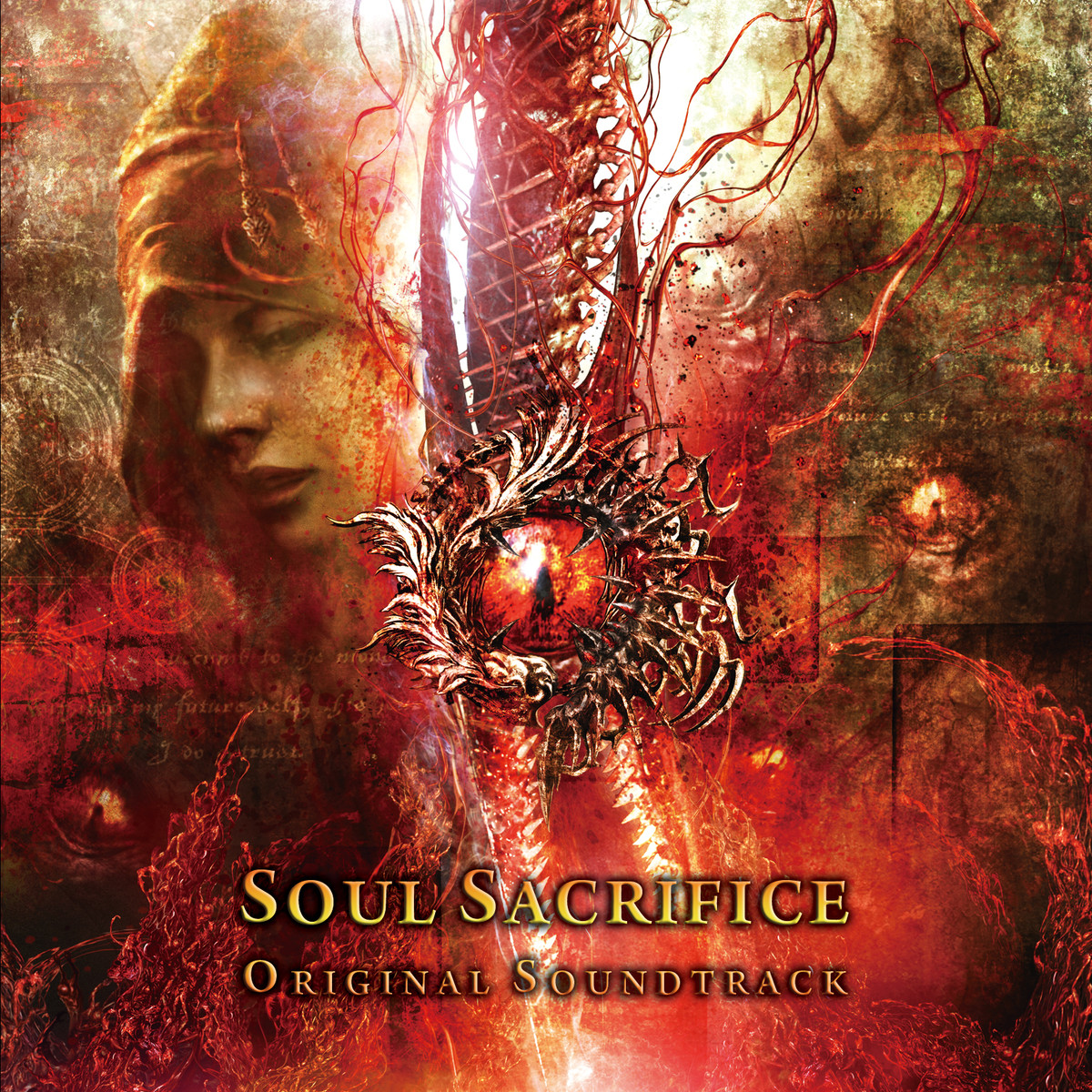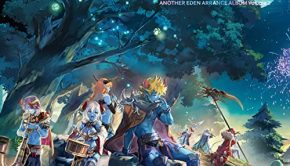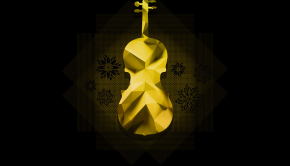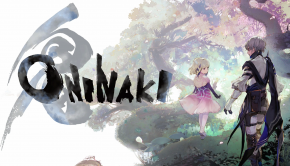Soul Sacrifice Original Soundtrack
 |
Album Title: Soul Sacrifice Original Soundtrack |
| Record Label: TEAM Entertainment |
|
| Catalog No.: KDSD-00619 |
|
| Release Date: March 13, 2013 |
|
| Purchase: Buy at CDJapan |
Overview
Soul Sacrifice Original Soundtrack is the score to the PSVita game, composed by Yasunori Mitsuda and Wataru Hokoyama. The score is dark and brooding, fitting for the intense visuals and atmosphere of the game. The soundtrack is performed with the Skywalker Symphony Orchestra and Chorus, and carries with it rather high production values and budget. It makes use of this in going often for an epic sound, though there are some quieter emotional moments to the soundtrack as well.
Body
The soundtrack begins with “Hopeless Overture” by Mitsuda, The track starts heavy in atmosphere, as dissonant strings fade in before quickly giving way to the full orchestra and choir. A dark melody is accompanied by the rhythmic, militaristic orchestra and choir. It’s a stirring introduction, but too short to make a memorable impact. It’s one of many rousing tracks on the album, and most of the others fare much better. Mitsuda’s “Black Magnificence”, “The Will to Power”, and “An Eternal Fight to the End” are some of the similarly styled tracks that stand out more thanks to stronger melodies. Hokoyama also composes some strong tracks in this vein, like the epic “Sad Reunion” with great waves of strings, “The Sky Used to Be Blue” with its mixture of optimism and adventure with serious elements, and the twisted ”Heartbreaking Sounds” with an offset harpsichord melody that on its own is pleasant, but mixed in with the chaos of the orchestra is unsettling and effective. On the other end, some tracks are more on the generic side with plenty of loud orchestra but not much else to help it stand out, like “Beginning of the End” and “Queer Rhapsody”. They’re energetic enough though to keep things going, especially in the context of the game, but they aren’t as strong outside of it.
A couple of the more energetic tracks have some other features to bolster them. Mitsuda’s “Dangerous Miasma” begins very eerily with whispers before the orchestra comes in. A wailing electric guitar lays the groundwork for the rest of the rock band joins in. It’s a strong combination, and though there still isn’t a lot of melodic focus its quite grand and rousing with a good build up. Hokoyama’s “Flying Nightmare” keeps these elements and adds a more exotic atmosphere, partly through its percussion, as well as through its warning-signal at the beginning. Mitsuda’s “Soul Melody” has a more substantial rock part than the others, but also moves between some softer and louder segments, each with a bit of a different emotional facet. Hokoyama’s “March of the Dead” doesn’t have rock, but instead has a boisterous solo violin taking the lead, played raw and passionately. The remainder of the strings do strong work here driving the track, and the brass is also great for bolstering the sound.
Some of the other tracks are quieter and more atmospheric. Again, a number of these don’t have much substance other than its atmosphere, like “Seething Malice” with thick strings and the darker “Gray Rain”. The more notable tracks of these by Mitsuda include “The Silence That Naught Beats” with piano trickles accompanied by a background haze, and the sadder “Sigh of Relief” with various wind instruments atop soft piano and strings. “The Past Connected By Lines” is also a great track, at times sad and at others more dramatic, even a bit mysterious. But many don’t quite have enough happening, like “That Which is left on the Battlefield” or “Footsteps of Evil”. They are fine and effective for the scenes or areas that they accompany, all suitably dark or grim, some even manic, but they are a bit dull on their own.
A few of Mitsuda’s tracks have a solo vocal at the forefront, and these are quite good. “A Certain Magician’s Life” is a wonderful and majestic track set in waltz meter, with Sussan Deyhim’s vocals. Her Iranian voice makes it quite different from most other vocal themes, especially when she doubles on the lower octave. The orchestra is great too, at times reduced to a bare minimum and at others with full romantic strings and choir, and still at others creating an unsettling atmosphere. “Tearful Tone” is a quieter work with a younger, more innocent-sounding wordless vocal on a beautiful melody. There is a lot of effective reverb and echo in the piece, and it makes use of number of different elements rather than keeping it too simple. “The Requiem Hidden in One’s Heart” is more mournful with strings and piano emphasis. The wordless vocal doesn’t come in until the second half of the piece, where it builds. It’s only a shame the track isn’t longer or developed more. “Hope and Future on the Same Page” is the beautiful closing track, utilizing the younger vocalist again. It has a good melody, and it really blossoms later with the orchestra and choir. Again, I would have loved to see it (along with the other tracks) go on longer, but they are still quite wonderful just as they are.
Summary
Soul Sacrifice Original Soundtrack is good score that does wonderfully in accompanying its dark game, though it isn’t always engaging as a standalone listen. There are solid compositions both by Yasunori Mitsuda and Wataru Hokoyama which encapsulate the dark and moody tone while staying listenable, but there are a number that are purely atmospheric and otherwise unmemorable. Still, for the most part, the album moves along well due to the good range of tracks, from quieter and sadder songs to faster and more bombastic ones, and none of them are so overly dark or twisted as to be unpleasant to listen to. The Skywalker Orchestra, Chorus, and vocal soloists bring a lot of life to the score, bringing strong performances and great sound quality. Fans of the game should enjoy enough on this soundtrack, though there might not be enough that stands out for others.
Do you agree with the review and score? Let us know in the comments below!
3.5
Posted on May 4, 2016 by Christopher Huynh. Last modified on May 4, 2016.














